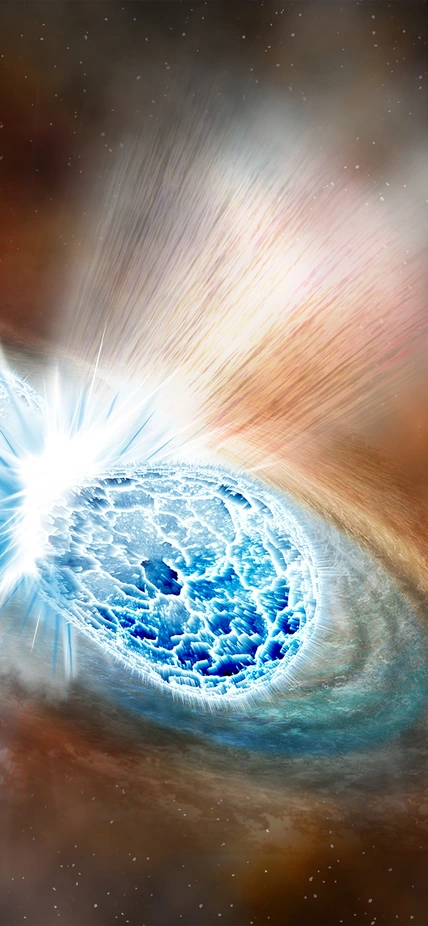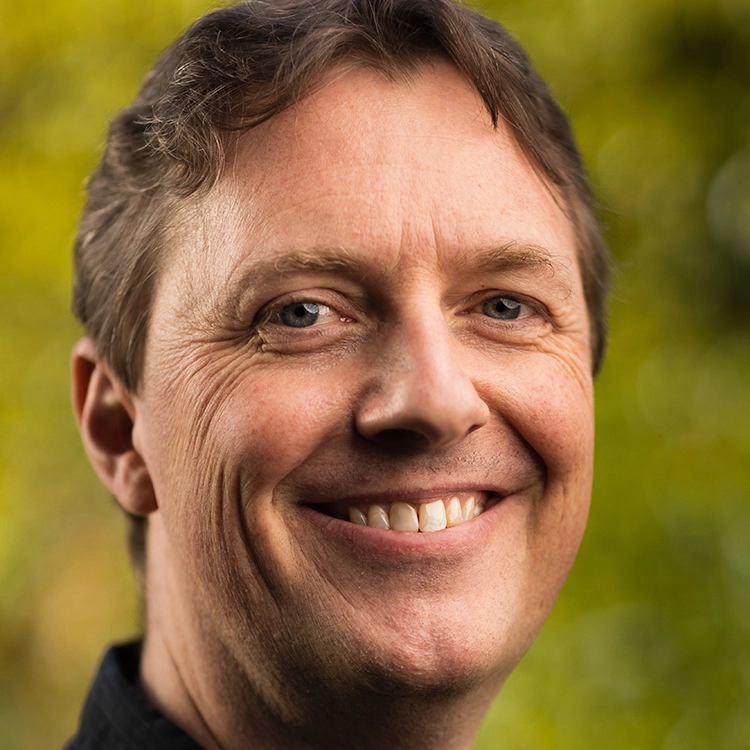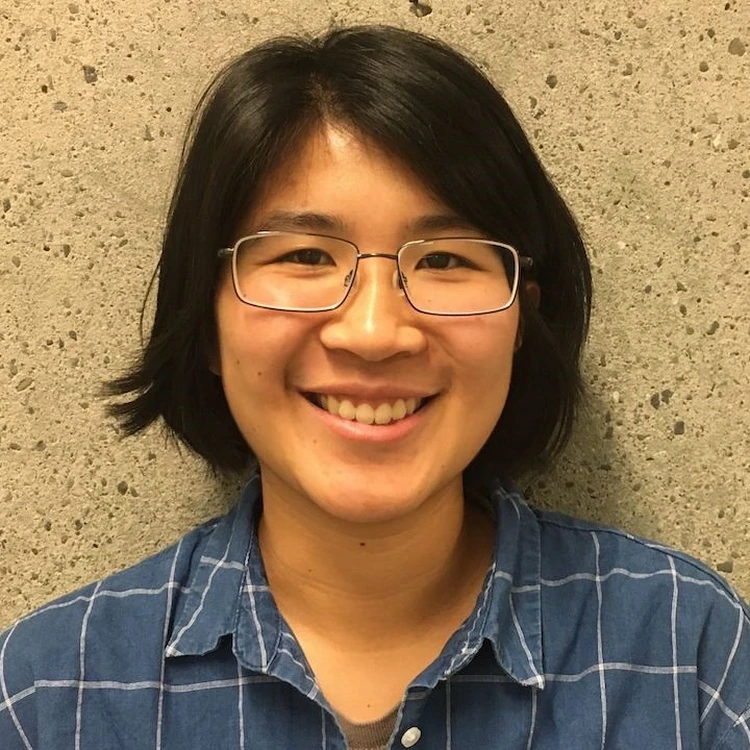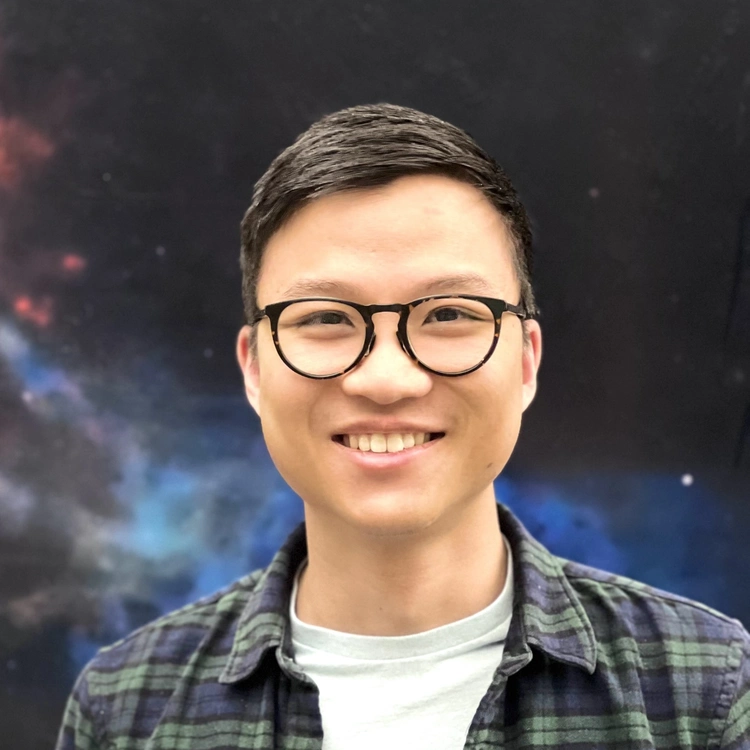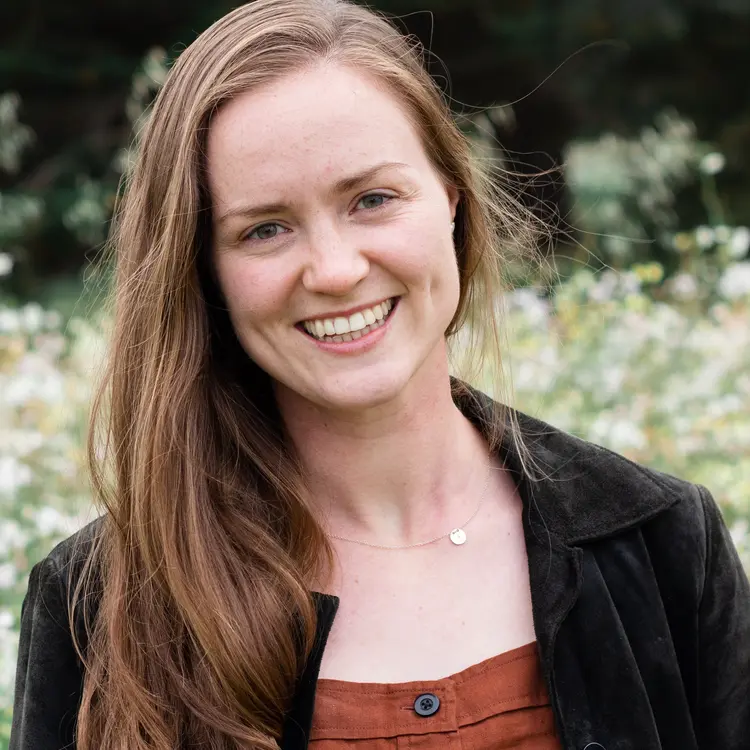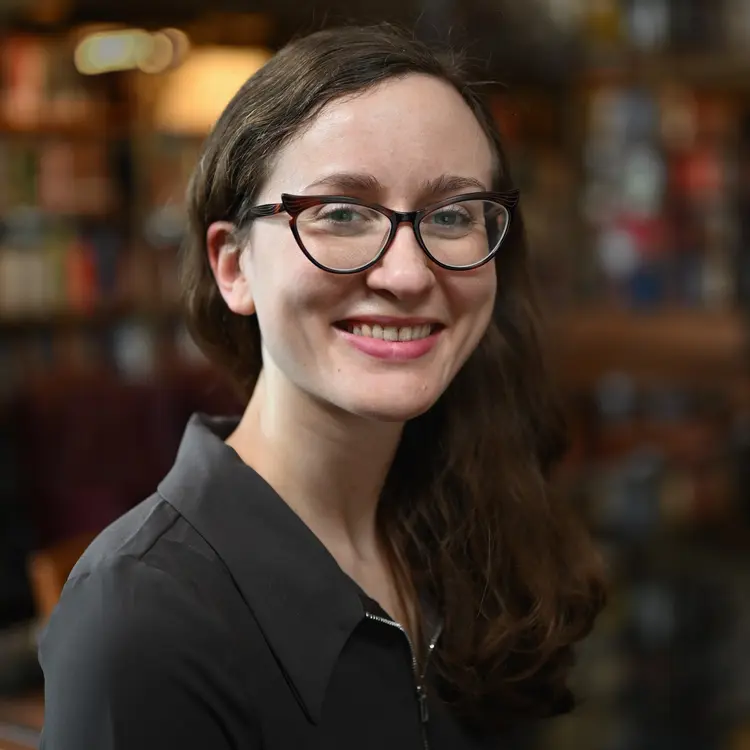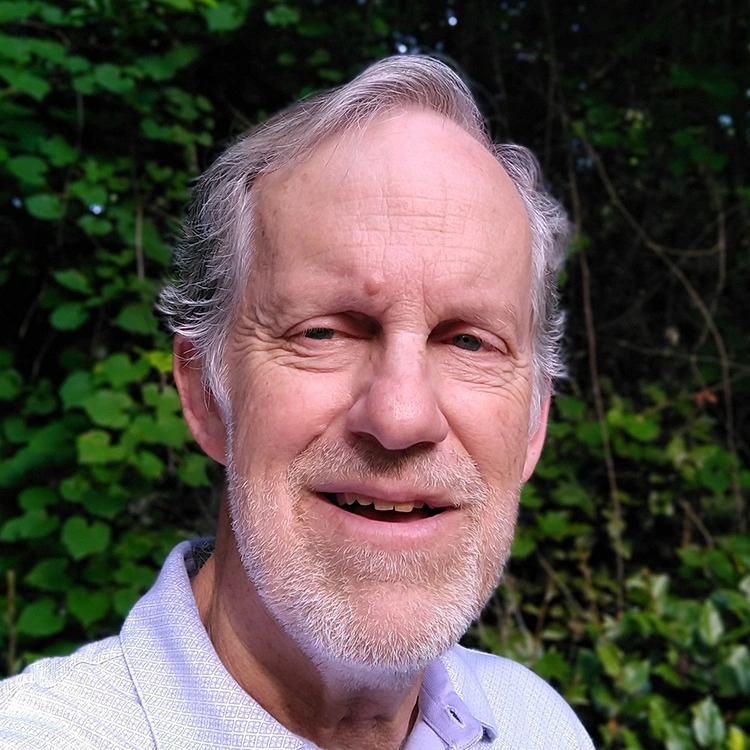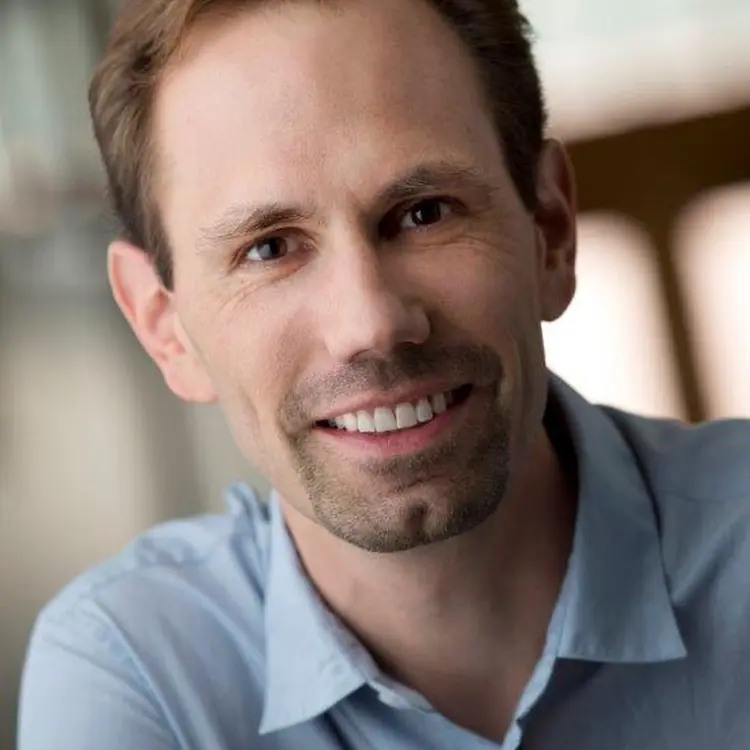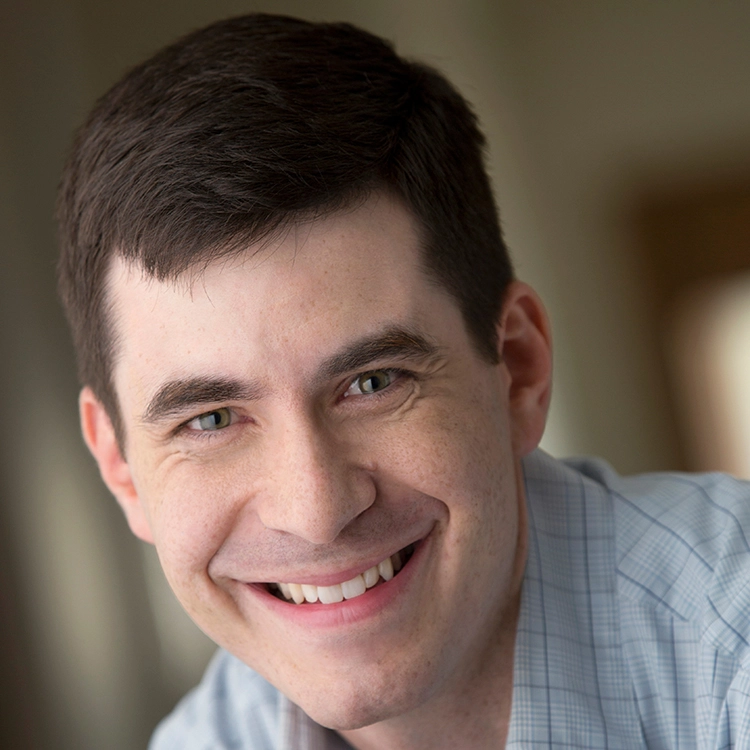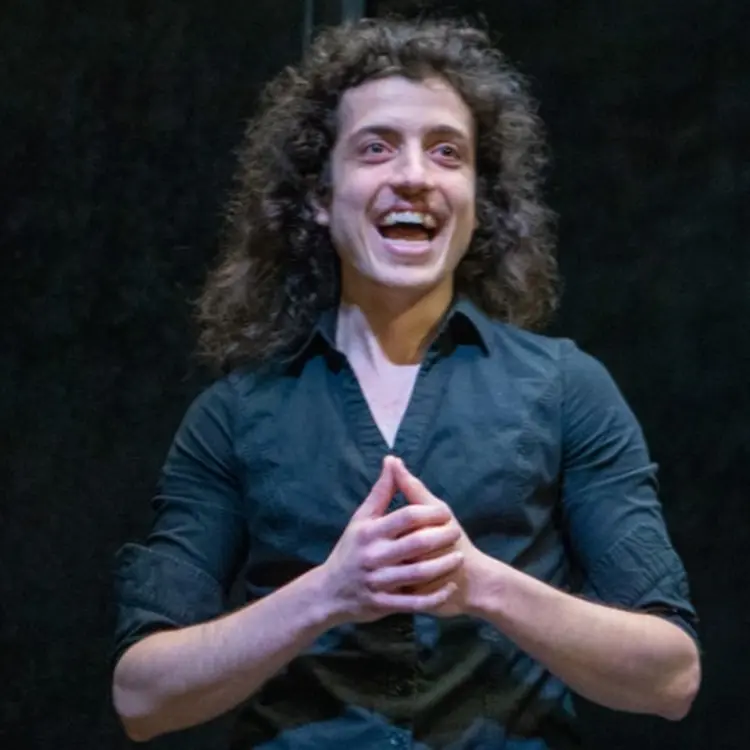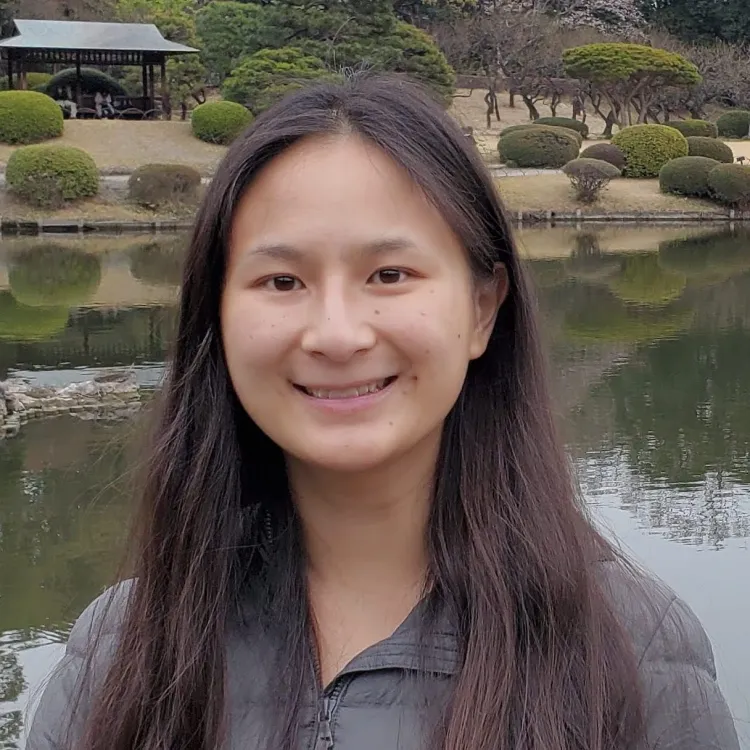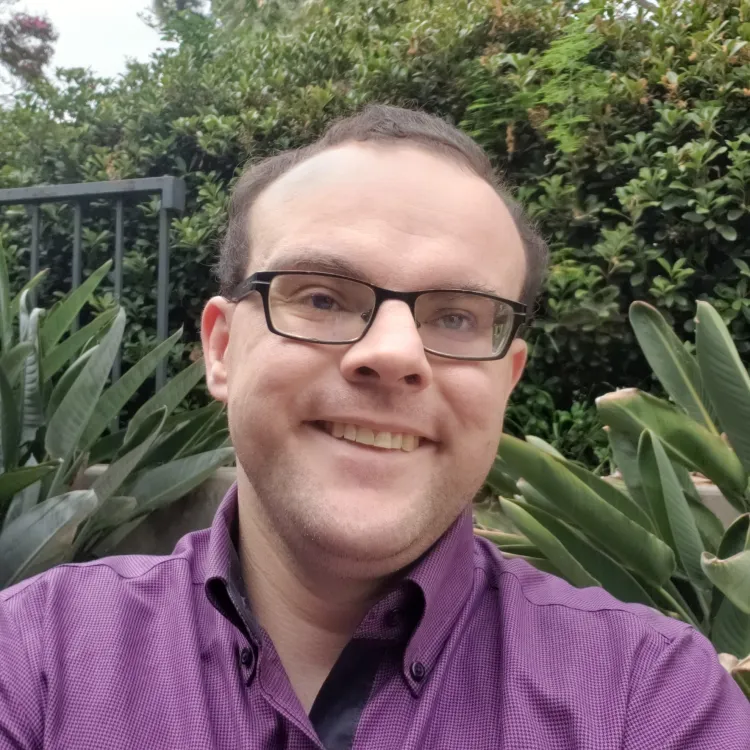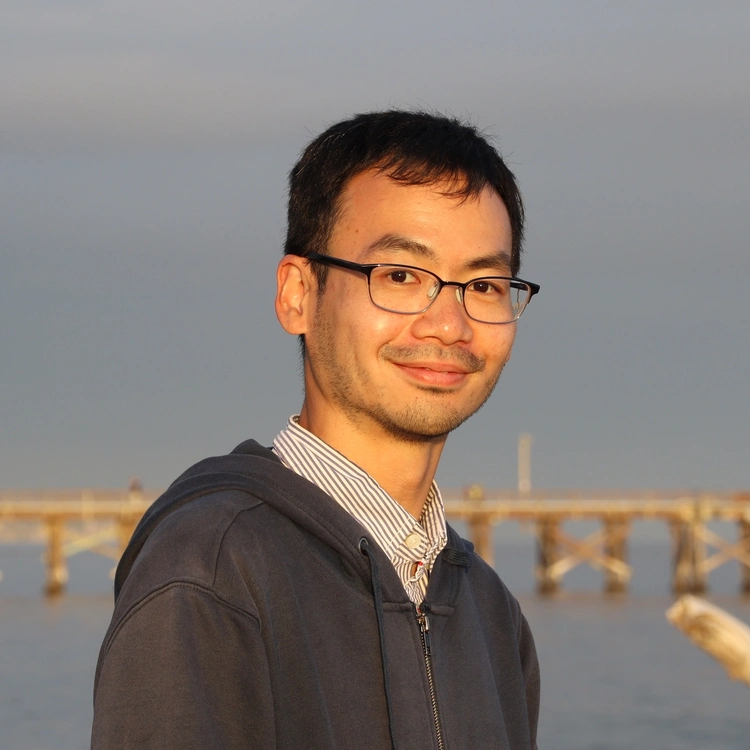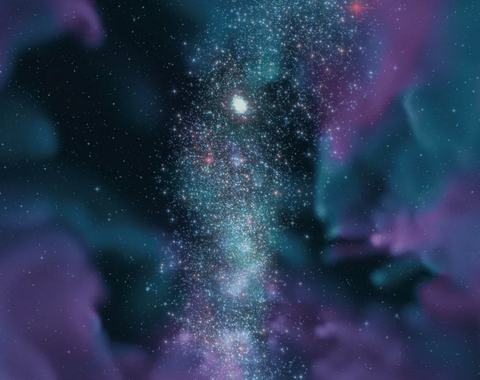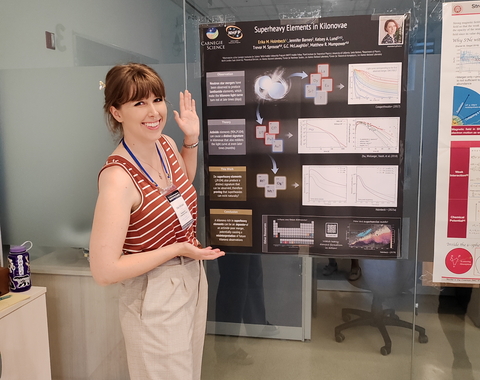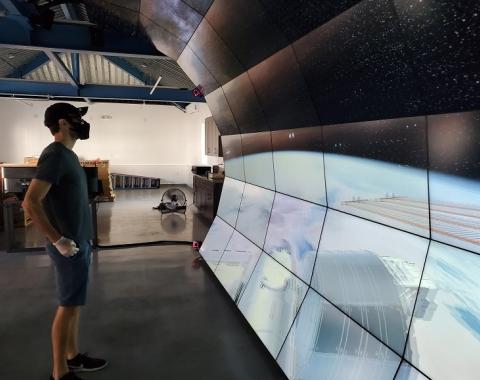Astronomical Events
Carnegie's Las Campanas Observatory in Chile was at the center of two of the most-important transient astrophysical phenomenon of the last two centuries. In 1987, the brightest supernova observed since the 1600s was first spotted at Las Campanas. Its proximity enabled astronomers to greatly expand their knowledge of these explosive events.
Then, in 2017, the Swope telescope was the first to see the light given off by the collision of two neutron stars, gravitational waves from which were first detected by the LIGO collaboration.
Carnegie astronomers continue to study transient events, including supernovae, tidal disruption events, and gamma ray bursts. Their research is revealing the answers to fundamental questions about black holes, dark energy, and the origins of elements.
Related Event
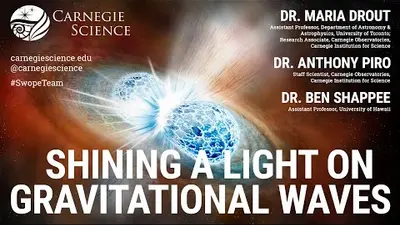
Shining a Light on Gravitational Waves - Dr. Maria Drout, Dr. Anthony Piro, and Dr. Ben Shappee
